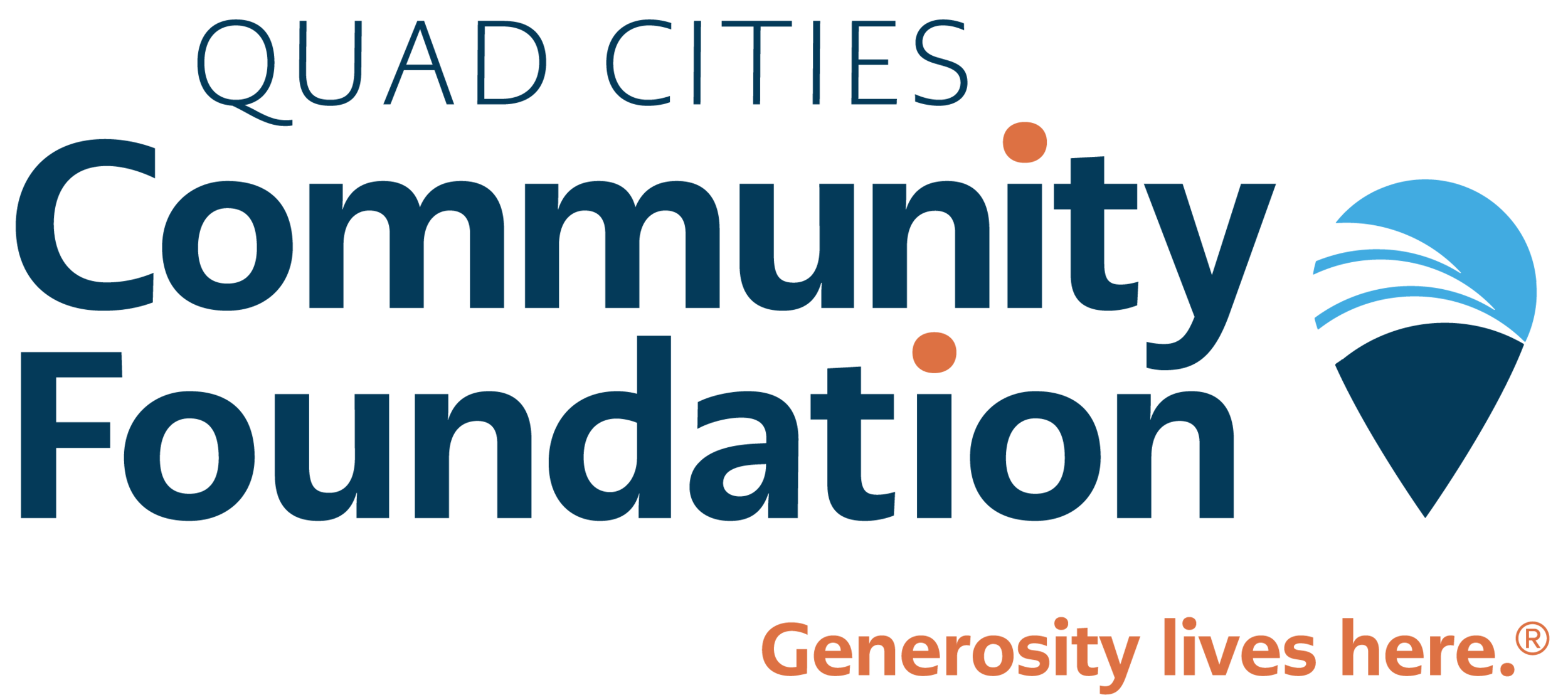4 steps to better estate planning
Get more tips for estate planning with our Guide here.
When was the last time you checked in on your will, trust, or other plans for your long-term legacy?
According to Anne Calder, vice president of development at the Quad Cities Community Foundation, reviewing these plans to make sure they still reflect your wishes is a gift both to yourself and to the loved ones you’ll leave behind. “When you include the causes you care about in those wishes, it can also be a gift to your community,” she said.
Here are four steps Calder recommends for keeping your estate plans on track.
1. Start with a beneficiary checkup
“When you signed up for that retirement account or life insurance policy, you and your family had a certain set of needs, but things change over our lives,” said Calder, explaining that some people find their designated beneficiaries no longer need their support or have even passed away themselves. “Updating or adding beneficiaries is the easiest way to make a charitable gift after your lifetime.”
Begin by reviewing any accounts you have now that require you to name a beneficiary. You can do this by getting in touch with your account servicer or logging into your account online, where you’ll find a beneficiary designation form. With an IRA, for example, you can designate part or all of your account for charity simply by filling in an organization’s name and address.
2. Make sure your existing plan reflects your wishes
“It would be unusual to create a will and still have it be doing everything you want it to 20, 10 or even five years later,” said Calder. “Ask yourself: ‘Of everything I have to leave my legacy, where am I currently leaving it and where else might I want to leave it?’ Your answers to those questions are allowed to change, and it’s a good idea to pull your plans out once a year to see if they still meet your needs.”
When it comes to heirs, Calder recommends thinking not just of loved ones but of your community and the causes and organizations that are meaningful to you, too. Say you have three children, and when you pass, they’re each scheduled to receive 33.3% of your estate. If you were to add a fourth “heir,” reserving 5% for your community, would your children miss one-third of that 5% as much as your community would benefit from it?
“Your children aren’t even going to notice it, but your community is going to be transformed by it,” said Calder. “If you have meaningful causes you want to invest in through your legacy, your family probably wants you to, too.”
3. Set up your plan to maximize your assets
As you’re reviewing your plans, Calder suggests talking to your advisor about how to make your assets go the furthest when you pass.
For example, when you gift your IRA to a person other than a spouse, it loses a significant portion of its value to taxes, whereas if you gift it to charity, there is no tax liability. Life insurance, conversely, can be passed down with no tax consequence on your heirs.
Calder added that while these are good conversations to have with your professional advisor, the staff at the Community Foundation are specially trained and experienced in helping donors think through these issues. “We can help you understand which assets make the best gifts and which assets are great for passing onto loved ones,” said Calder, who is a Chartered Advisor in Philanthropy.
4. Download our Estate Planning Guide
If you’re looking for more ways to get the most out of your estate plan—or you don’t yet have a will or trust in place—our free Will and Estate Planning Guide is a great way to get the conversation started. Taking time to think through some of the key questions and considerations will pay off when you sit down with an advisor to discuss next steps.
The Will and Estate Planning Guide is available as a download or through the mail by request.

